Coral is vice president of technology and democracy programs and head of the Open Technology Institute at New America. She is a public voices fellow with The OpEd Project.
2023 was the year of artificial intelligence. But much of the discussion has centered around extremes – the possibility of extinction versus the opportunity to exceed human capacity. But Reshma Saujani, the founder of Girls Who Code, suggests that we don’t have to choose between ethical AI and innovative AI, and that if we focus solely on fear then that just might be the AI future we get. So how do we foster an AI future worth building?
In some ways, innovations like ChatGPT represent uncharted territory in the realm of technology. Having worked at the intersection of government and public interest technology for nearly 20 years, I know that AI is not new, and the past year’s intense focus mirrors previous digital tech waves. But I would offer that as we think about how AI evolves, there are three important lessons from the past that we should consider in order to properly harness the benefits of this technology for the public good.
The first lesson serves as a clear warning: Timelines are often detached from the technology's true readiness. Just as with autonomous vehicles and commercial Big Data initiatives, industry-set transformation timelines are often prematurely optimistic, driven by investor desires to scale. Much of this is what drives rapid deployment without the adequate social deliberation and scrutiny, thereby jeopardizing safety. We’ve seen the impacts on the road and in cities, and with AI we’re seeing the exponential growth of online nonconsensual images and deep fakes.
Second, these technologies have lacked the go-to market strategies that undercut their ability to scale. They have eventually stalled in funding and development, in part, I would argue, because they lacked a clear public value. While we can marvel at the idea of being picked up by an autonomous car or navigating a “smart city,” all of these technologies need paying customers. Government procurement cycles failed to transform cities into data-driven metropolises of the future, and AVs are too expensive for the average driver. OpenAI has only just released a business version for ChatGPT and pricing is not public. The monetization strategy of these tools are still in development.
During my tenure at the Knight Foundation, we invested $5.25 million to support public engagement in cities where autonomous vehicles were deployed to understand sentiment and engage communities on their deployment. Demonstrations and community engagement were essential to addressing the public’s skepticism and sparking curiosity. What was eye-opening to me was that regardless of how complex the technology, communities could envision beneficial use cases and public value. But their vision differed from technologists and investor priorities, as in the case of autonomous delivery technologies. Bridging this gap can speed up adoption.
Lastly, widespread adoption of AI is unlikely without the proper infrastructure. A peer-reviewed analysis recently released, showed that by 2027, AI servers may use as much annual electricity as Argentina. Such a massive amount of energy will undoubtedly raise concerns regarding AIs impact on the environment, but it also calls into question our capacity to meet the moment. Additionally, AI requires fast internet. The United States has only just begun to roll out $42.5 billion in funding to expand high-speed internet access so that we can finally close the digital divide. If we care about equity, we must ensure that everyone has access to the fast internet they need to benefit from AI.
To be sure, every tech advance has differences, so we cannot fully expect to use historical tech advances, like Smart Cities or autonomous vehicles, to predict how AI will evolve. But looking to history is important, because it often repeats itself, and many of the issues encountered by former technologies will come into play with AI, too.
To scale AI responsibly, fast, affordable internet is crucial but almost 20 percent of Americans are currently left out. Congress can take action by renewing programs for affordable internet access and ensuring Bipartisan Infrastructure Law investments align with an AI future. The public value of AI can be enhanced by not relying solely on investor interests. While most Americans are aware of ChatGPT, only one in five have actually used it. We need proactive engagement from all stakeholders – including governments, civil society and private enterprises – to shape the AI future in ways that bring tangible benefits to all. True public engagement, especially from marginalized communities, will be key to ensuring that the full extent of unintended consequences is explored. No group can speak to the impact of AI on a particular selection of people better than the impacted individuals, and we have to get better at engaging on the ground.
Some of the greatest value of AI lies in applications and services that can augment skills, productivity and innovation for the public good. Not only digital access, but also digital readiness, is essential to harness these benefits. Congress can mandate federal agencies invest in initiatives supporting digital readiness, particularly for youth, workers and those with accessibility challenges.
But there is no need to rush.
By taking a cue from historical tech advances, like Smart Cities and autonomous vehicles, we can usher in an AI revolution that evolves equitably and sets a precedent for technological progress done right. Only then can we truly unlock the transformative power of AI and create a brighter, more inclusive future for all.






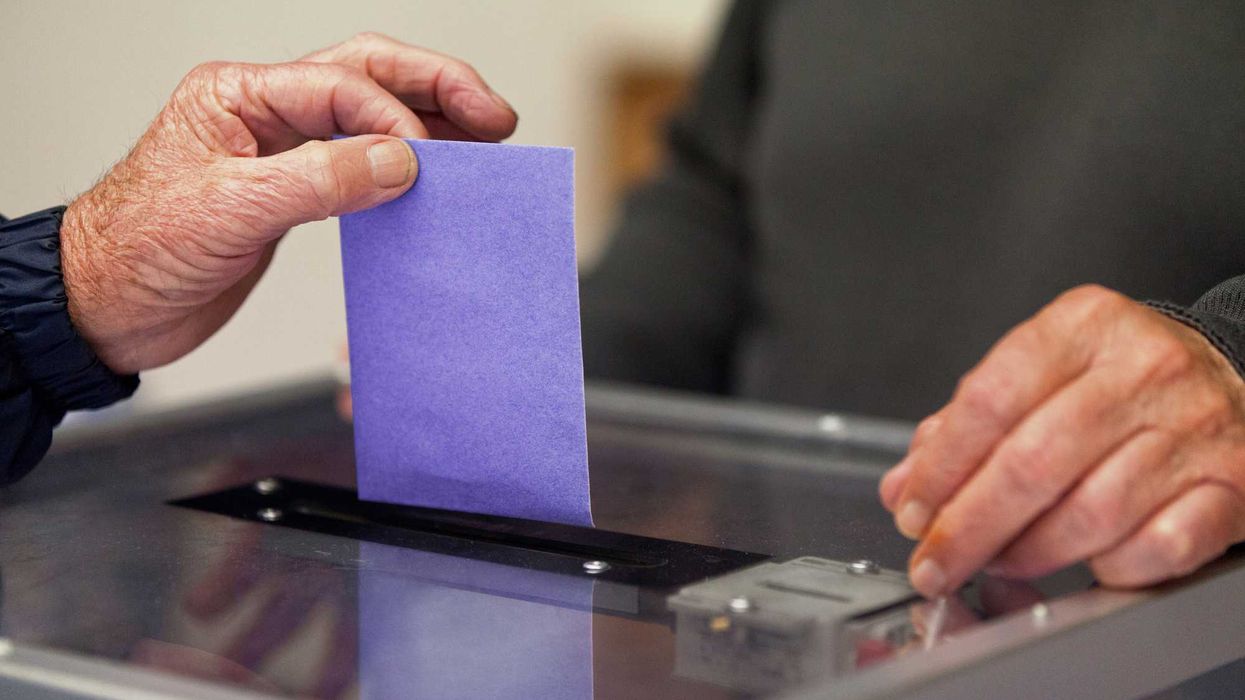
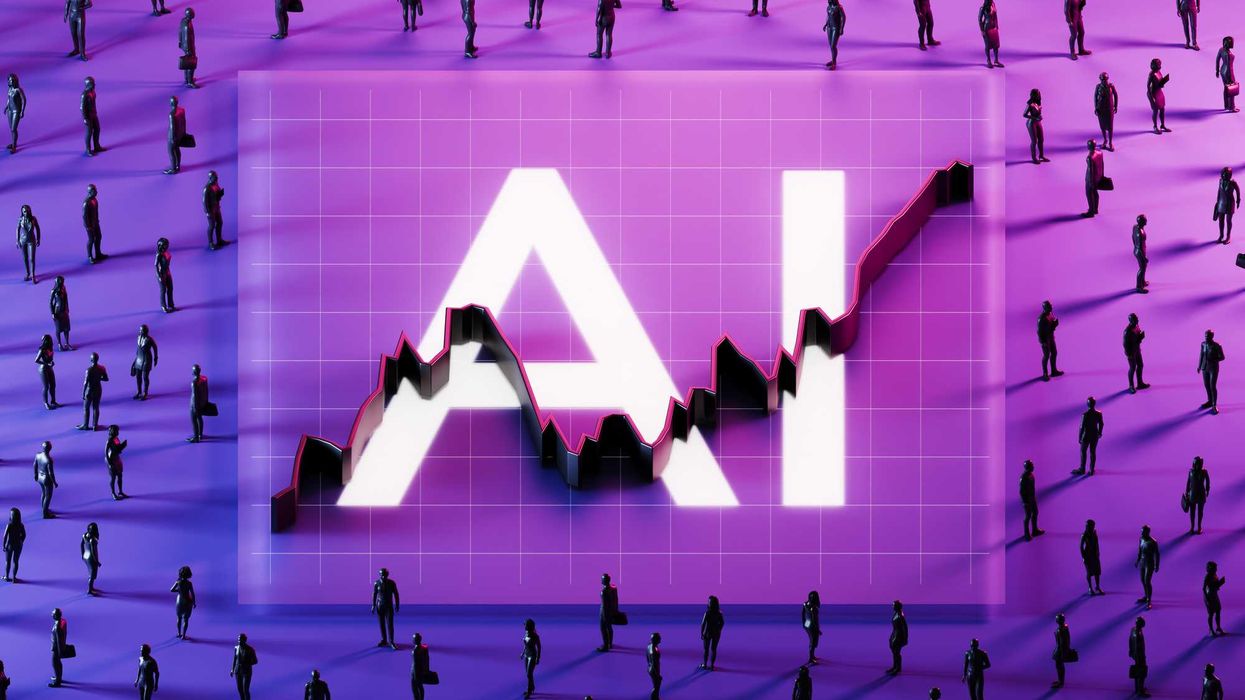

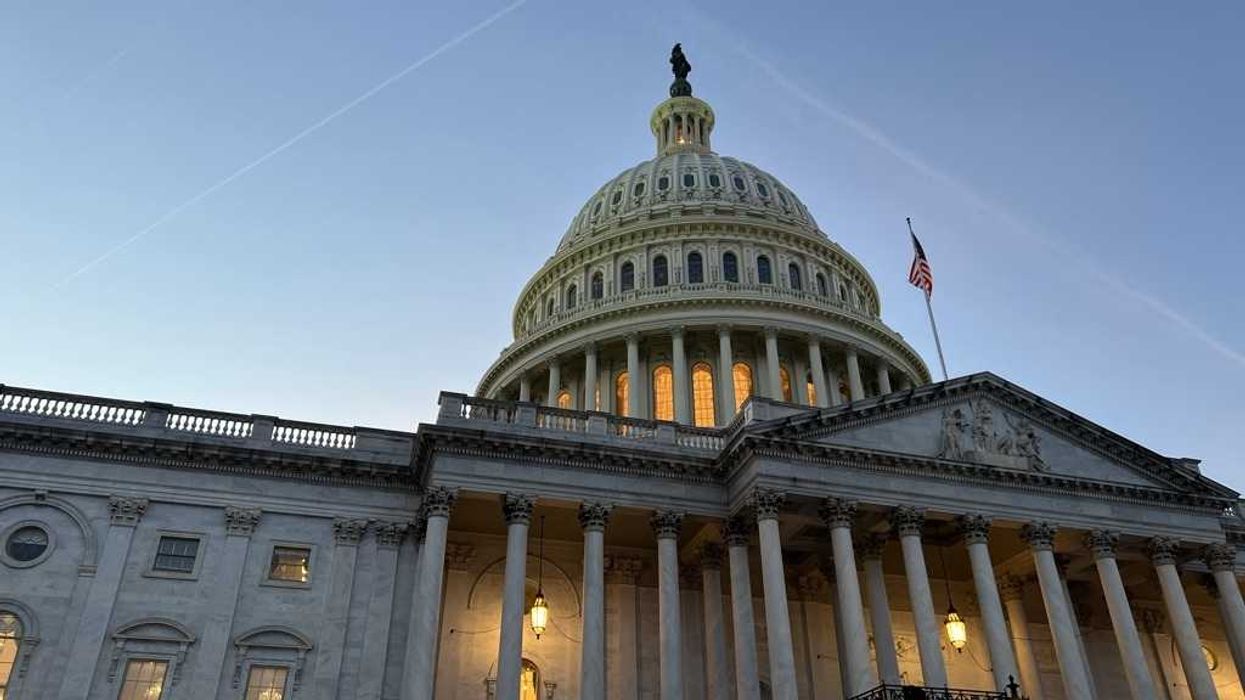





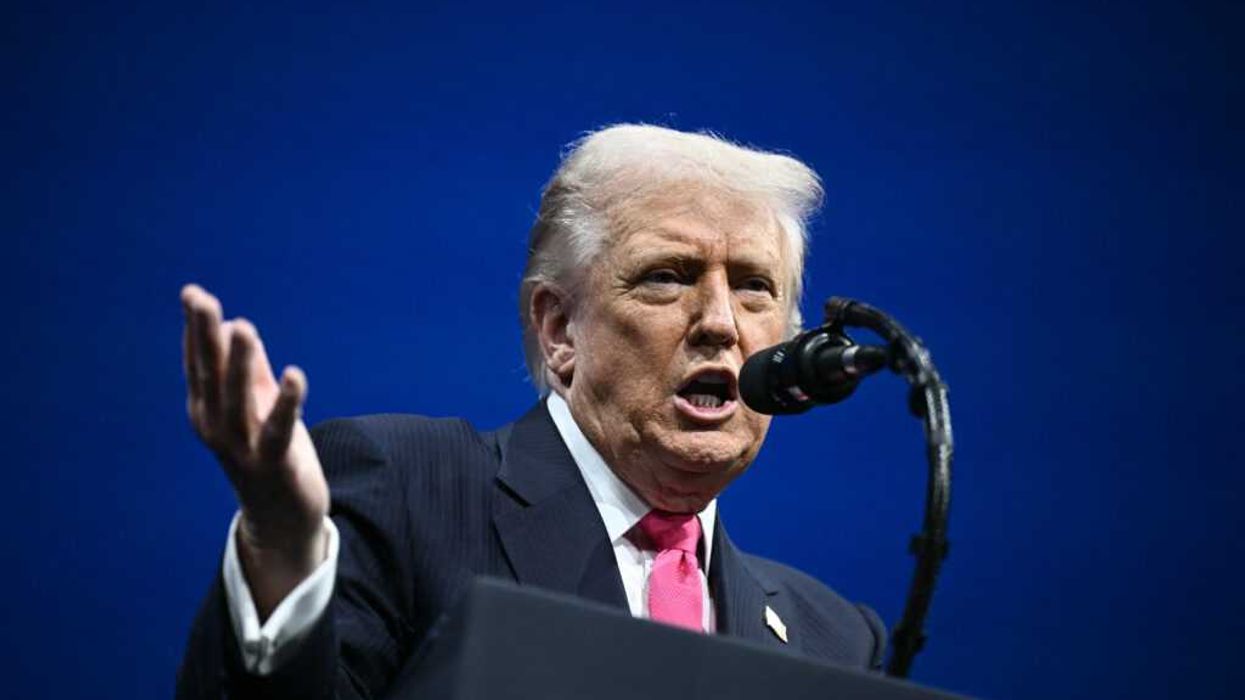

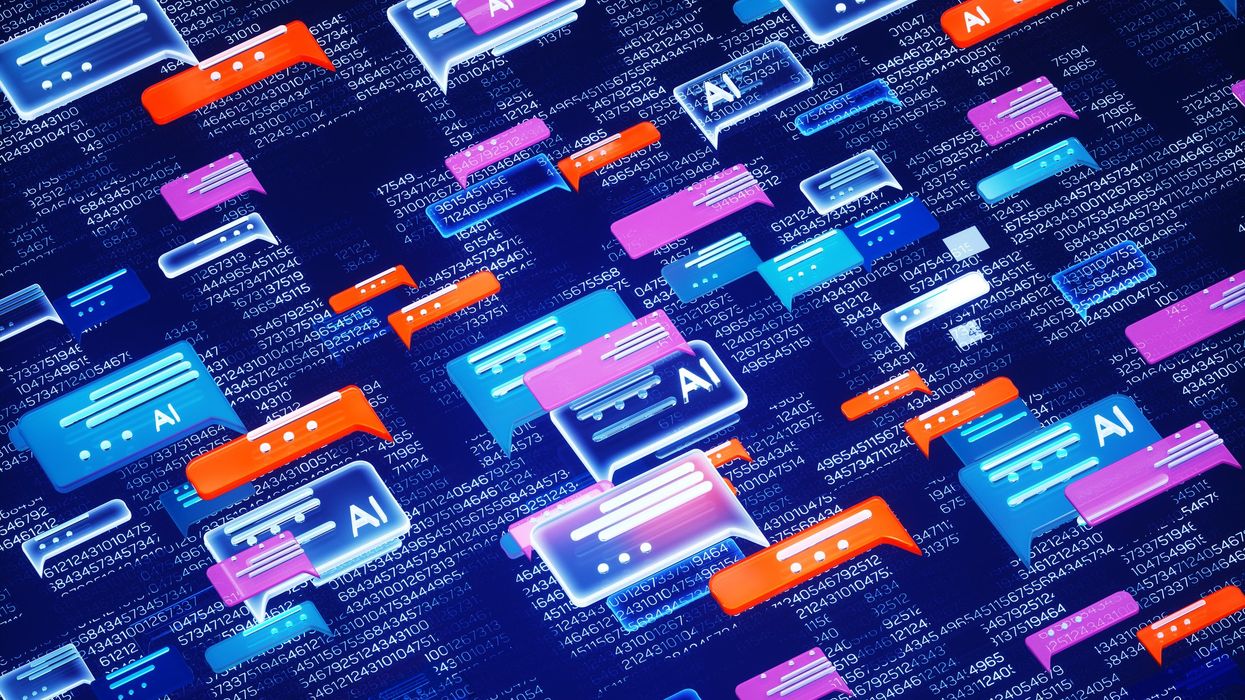

A deep look at how "All in the Family" remains a striking mirror of American politics, class tensions, and cultural manipulation—proving its relevance decades later.
All in This American Family
There are a few shows that have aged as eerily well as All in the Family.
It’s not just that it’s still funny and has the feel not of a sit-com, but of unpretentious, working-class theatre. It’s that, decades later, it remains one of the clearest windows into the American psyche. Archie Bunker’s living room has been, as it were, a small stage on which the country has been working through the same contradictions, anxieties, and unresolved traumas that still shape our politics today. The manipulation of the working class, the pitting of neighbor against neighbor, the scapegoating of the vulnerable, the quiet cruelties baked into everyday life—all of it is still here with us. We like to reassure ourselves that we’ve progressed since the early 1970s, but watching the show now forces an unsettling recognition: The structural forces that shaped Archie’s world have barely budged. The same tactics of distraction and division deployed by elites back then are still deployed now, except more efficiently, more sleekly.
Archie himself is the perfect vessel for this continuity. He is bigoted, blustery, reactive, but he is also wounded, anxious, and constantly misled by forces above and beyond him. Norman Lear created Archie not as a monster to be hated (Lear’s genius was to make Archie lovable despite his loathsome stands), but as a man trapped by the political economy of his era: A union worker who feels his country slipping away, yet cannot see the hands that are actually moving it. His anger leaks sideways, onto immigrants, women, “hippies,” and anyone with less power than he has. The real villains—the wealthy, the connected, the manufacturers of grievance—remain safely and comfortably offscreen. That’s part of the show’s key insight: It reveals how elites thrive by making sure working people turn their frustrations against each other rather than upward.
Edith, often dismissed as naive or scatterbrained, functions as the show’s quiet moral center. Her compassion exposes the emotional void in Archie’s worldview and, in doing so, highlights the costs of the divisions that powerful interests cultivate. Meanwhile, Mike the “Meathead” represents a generation trying to break free from those divisions but often trapped in its own loud self-righteousness. Their clashes are not just family arguments but collisions between competing visions of America’s future. And those visions, tellingly, have yet to resolve themselves.
The political context of the show only sharpens its relevance. Premiering in 1971, All in the Family emerged during the Nixon years, when the “Silent Majority” strategy was weaponizing racial resentment, cultural panic, and working-class anxiety to cement power. Archie was a fictional embodiment of the very demographic Nixon sought to mobilize and manipulate. The show exposed, often bluntly, how economic insecurity was being rerouted into cultural hostility. Watching the show today, it’s impossible to miss how closely that logic mirrors the present, from right-wing media ecosystems to politicians who openly rely on stoking grievances rather than addressing root causes.
What makes the show unsettling today is that its satire feels less like a relic and more like a mirror. The demagogic impulses it spotlighted have simply found new platforms. The working-class anger it dramatized has been harvested by political operatives who, like their 1970s predecessors, depend on division to maintain power. The very cultural debates that fueled Archie’s tirades — about immigration, gender roles, race, and national identity—are still being used as tools to distract from wealth concentration and political manipulation.
If anything, the divisions are sharper now because the mechanisms of manipulation are more sophisticated, for much has been learned by The Machine. The same emotional raw material Lear mined for comedy is now algorithmically optimized for outrage. The same social fractures that played out around Archie’s kitchen table now play out on a scale he couldn’t have imagined. But the underlying dynamics haven’t changed at all.
That is why All in the Family feels so contemporary. The country Lear dissected never healed or meaningfully evolved: It simply changed wardrobe. The tensions, prejudices, and insecurities remain, not because individuals failed to grow but because the economic and political forces that thrive on division have only become more entrenched. Until we confront the political economy that kept Archie and Michael locked in an endless loop of circular bickering, the show will remain painfully relevant for another fifty years.
Ahmed Bouzid is the co-founder of The True Representation Movement.